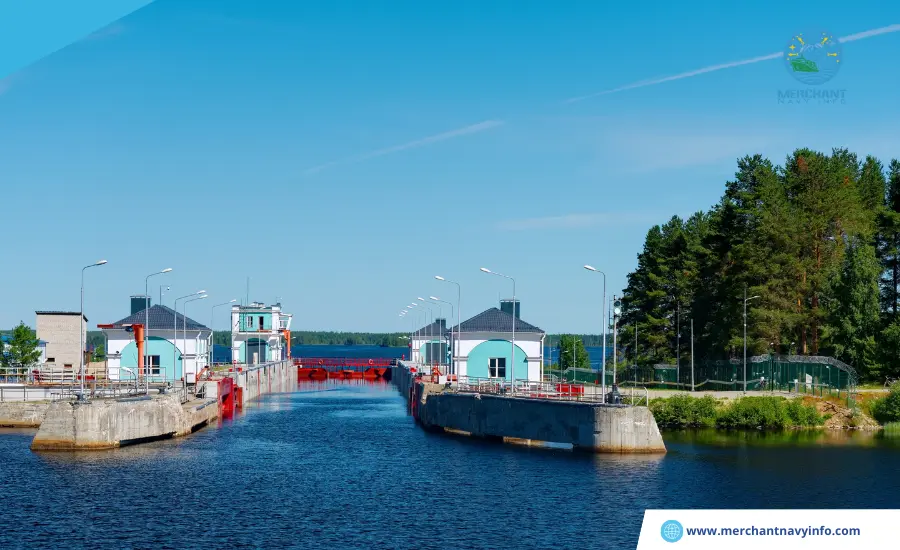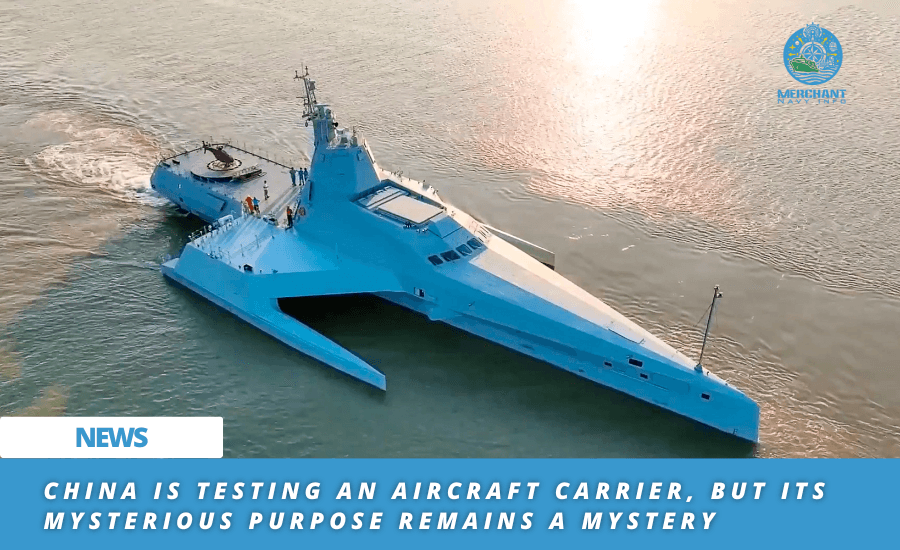
A famous canals is a waterway specially constructed along a major seawater route to allow the passage of ships. In most cases, these canals are constructed to connect bodies of water. Like oceans, lakes, rivers, etc., and provide alternative routes for ships, especially cargo ships. Such canals are very important for the maritime industry as they provide shorter shipping routes. Across a large seawater network and also help regulate maritime traffic within a country.
There are hundreds of shipping channels across the world with different lengths. Widths, and depths, facilitating the daily transportation of various ships. Some of these canals are also the world’s busiest shipping routes. Listed below (in no particular order) are the ten famous canals and busiest canals in the world.
Beijing-Hangzhou Grand Canal
The Beijing-Hangzhou Canal, commonly known as the Grand famous canals, is the world’s longest and oldest famous canals. The canal connects China’s Yellow River and Yangtze River. Flows through several provinces in the country and connects with several other rivers. Famous canal is 1,776 km (1,104 miles) long. But its greatest height reaches a 42-meter peak in the mountains of Shandong province. The canal connects northern and southern China. Plays an important role in transporting goods and contributes significantly to the country’s economy. The Grand Canal was built in 468 BC. Built in 200 BC, it is now a UNESCO World Heritage Site.
Suez Canal

Opened in November 1869, the 193.30 km (120 mi) Suez Canal is an artificial waterway at sea level in Egypt. The Suez Canal connects the Mediterranean Sea and the Gulf of Suez. Is a vital seaway for global maritime traffic and is one of the busiest seaways in the world.
The canal that separates the continents of Asia and Africa provides the shortest shipping route between Europe and regions that share borders with the Indian Ocean and the western Pacific Ocean. The Suez Canal is recognized as a seaway that must remain open to ships from all countries at all times to facilitate the continuation of maritime trade regardless of global conflicts.
Panama Canal

One of the Western Region’s most important maritime gateways, the famous canals connects the Pacific and Atlantic Oceans across the Isthmus of Panama, the narrow strip that separates the Caribbean Sea and the Pacific Ocean. The seas that the canal connects to are not at the same level, so there are locks on each side of the canal to raise ships to higher levels and lower them to sea level as well. Opened in 1914, the canal reduced the sailing distance for ships travelling between the east and west coasts of the United States by 15,000 km. The 51-mile (82 km) waterway provides 29 major liner services, primarily on trade routes from the U.S. East Coast to Asia. In 2017, a total of 13,548 ships arrived at the Panama Canal and received 403.8 million tons of cargo.
Corinth Canal

The Corinth Canal connects the Gulf of Corinth and the Saronic Gulf in the Aegean Sea. It passes through the narrow Isthmus of Corinth, separating the Peloponnese from mainland Greece. The 4-mile (6.4-kilometer) long, 8-metre (26-foot) deep Corinth Canal was used by sailors to navigate between the Gulf of Corinth and the dangerous southern headlands of the Peloponnese. It is important because it helps you avoid the dangers involved. Saronic Gulf. Although its economic importance has declined due to its inability to accommodate modern ships, the canal still serves some 15,000 ships from at least 50 countries.
White Sea-Baltic Canal

The White Sea-Baltic Canal, also known as the White Sea Canal, is an important waterway that regulates domestic traffic along Russia’s waterways, from the White Sea in the north to the White-Baltic Sea in the north. South. Built in 1933, the canal passes through various small bodies of water, including the Arctic Ocean and Lake Onega, before finally emptying into the Baltic Sea. Although an important shipping route, the 227 km long canal is not suitable for commercial ships of larger dimensions and specifications, so there is little traffic. In the first 75 years of operation since 1993, a total of 193 million tons of cargo is estimated to have passed through it.
Rhine-Main-Danube Canal

It connects three important rivers in the heart of Western Europe. The Rhine-Main-Danube Canal, or Europe Canal, was originally built in 1938. The Europe Canal in Thexx is an important maritime traffic gateway that crosses the Atlantic Ocean and connects the North Sea to the Black Sea. Over the years, the canal has undergone several structural expansions, the last of which took place in the early 1990s. The 171-kilometer-long Rhine-Main-Danube Canal is an important transport gateway within Europe and offers barge space for up to 2,425 tonnes of bulk cargo.
Volga-Don Canal

The Volga-Don Canal represents an important waterway connecting Russia’s Volga and Don rivers and connecting to major maritime networks through the Sea of Azov (a bay of the Black Sea) and Caspian Sea. Construction work on the canal, the closest point on the river, had already begun in the 16th century, and this route was considered important as it provided a passage connecting the shipping networks of Eastern and Western Europe. I was there. The 101 km long waterway was opened in 1952 and passed through three reservoirs, including Karpovka, Bereslavka, and Varvarovka. The canal has nine single-chamber locks for lifting ships on the Volga slope and four locks for lowering them on the Don slope.
Kiel Canal

Kiel Canal connects the Baltic Sea and the North Sea and passes through the German state of Schleswig-Holstein. The 98 km long Kiel Canal, opened in 1895, allows ships to avoid the long route through Denmark (Jutland), which is considered a relatively unstable route, saving them an average of 250 nautical miles. Helpful. This artificial waterway allows ships heading east in the North Sea to enter the canal at Brunsbüttel and end their journey in Kiel-Holtenau before entering the Baltic Sea. Although the structural aspects of the waterway date back to the 17th century, construction of today’s Kiel Water Pipeline did not begin until the end of 1887. More than 9,000 workers that spent eight years completing the construction of the canal today.
Houston Ship Canal

The 80-mile Houston Channel is the United States’ main waterway connecting shipping between Houston, Texas, and the Gulf of Mexico. The canal, opened in 1914 and subsequently expanded, made Texas one of the busiest ports in the United States. State. The Houston Strait has many terminals and berths and receives a large amount of inland waterway traffic. The channels created by dredging Buffalo Bayou and Galveston Bay have since been widened and deepened to ensure viability.
Danube Black Sea Canal

The Danube Black Sea Canal is another important passageway in Western Europe. This canal not only connects the Danube with the Black Sea but also. In a sense, connects the Black Sea with the North Sea via the Danube-Main Rhein Canal. And provides a sea route to Eastern Europe via the Volga-Don Canal. The Danube-Black Sea connection will allow ships to bypass the difficult Danube Delta region. Ensuring the continuity of maritime traffic in the region. The 64.4 km long main canal branch was constructed from 1976 to 1984. While the 31.2 km long north branch was constructed from 1983 to 1987. At the same time, the Danube-Black Sea route has historical significance, as tens of thousands of political prisoners were brought there to dig the waterway.










